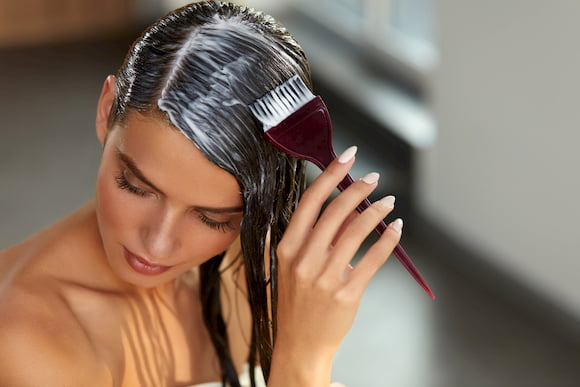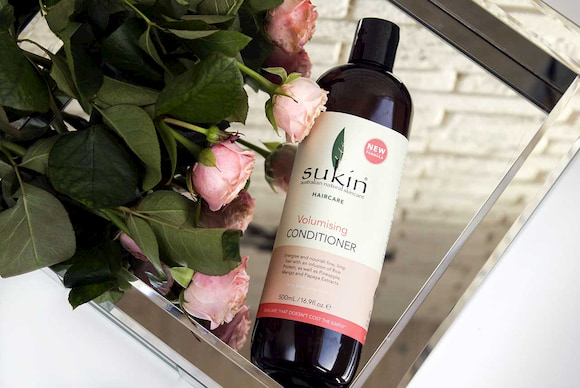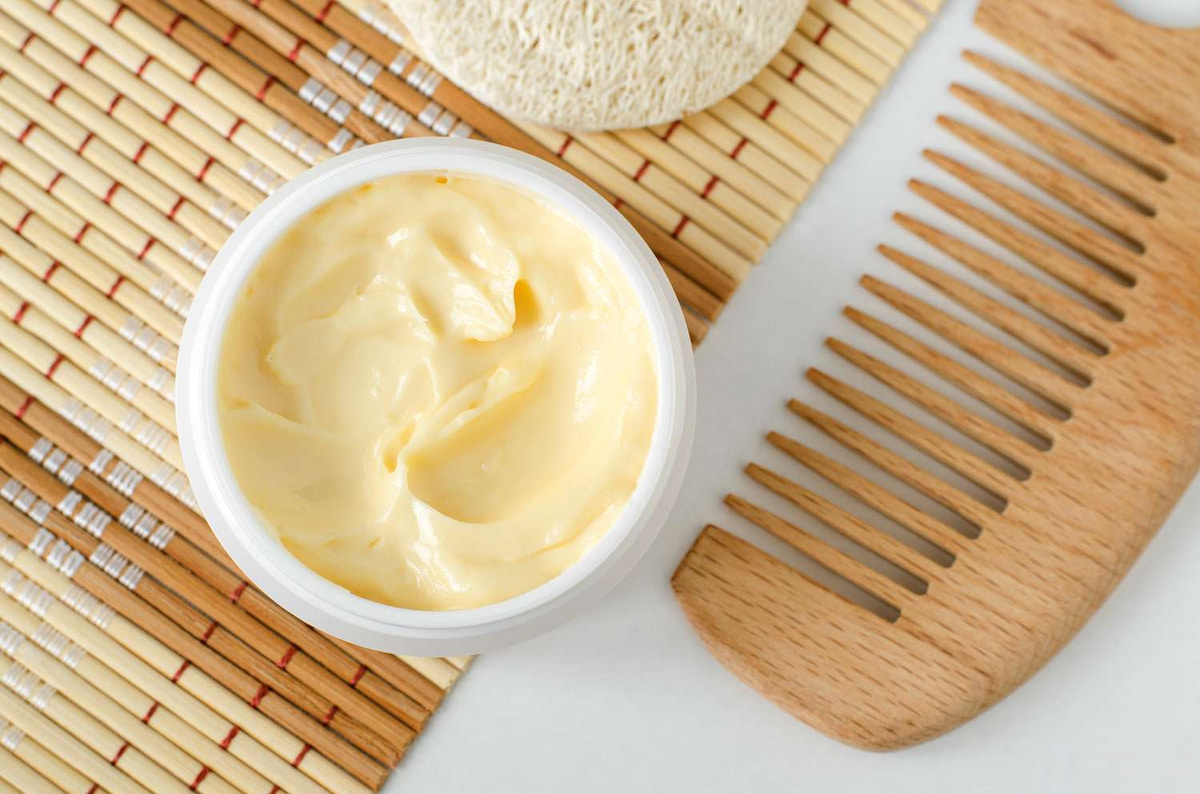People can make anything from scratch these days. DIY videos of people making just about anything to show their creative side are taking over Youtube, with channels like 5-Minute Craft leading the way. But this is not the only reason to DIY, some people use it so that they know what’s inside their beauty products. Hair conditioners are something that most of us rely on to have a healthy and good-looking hair, but traditional ones have gained a lot of bad reputation lately for containing potentially toxic ingredients. This prompts many to make their own natural version. But is it really worth the effort and time when you can simply buy natural hair conditioners from well known brands? Let’s deliberate.
DIY
As already mentioned, DIY lets you express your creative side. In the era of mass consumption being able to do something yourself gives one a sense of achievement and something to be proud of even if it’s something so simple as a home-made beauty product.

Also, making a hair conditioner can be a less expensive alternative – you can use ingredients that can be already found in your kitchen. For instance:
- Coconut oil is an ingredient used for cooking that can be found in many kitchens countertops but it can also help your hair to become smooth and silky. If you like the smell of coconut, mix one tablespoon of this oil with one tablespoon of honey, lemon juice and rose water and apply it after you have washed your hair with shampoo. Rinse after 10 minutes.
- The combination of two eggs, a tablespoon of olive oil, honey, vinegar and lemon juice make for a great hair conditioner, and probably you already have them at home. Apply this paste on hair tips and let it sit for about 10 minutes after you rinse it with lukewarm water.
- A banana can be one of the best hair moisturising ingredient for damaged and frizzled hair. You can make a hair conditioner out of one banana, three tablespoons of honey, milk, olive oil, and an egg.
You can personalise some of these natural conditioners by adding or omitting ingredients to create the perfect blend that smells just the way you like it and for your hair type. With time you can improve the conditioner and use more of this or that to make it even better.

Next, home-made natural hair conditioners make for a great gift. Not that you can’t buy one from the store and gift it but the person may appreciate the extra effort you’ve put into making it yourself.
Another reason why it’s good to DIY is that you can potentially reduce your plastic waste. When you are not buying beauty products in plastic packages, normally, you bring less packaging into our home. You can reuse a previously purchased container that has been washed.
Buy
With all this being said, it seems that DIYing your hair conditioner is the right way to go. But no matter how simple it may sounds, you’ll still need time and patience to make a conditioner for every time you wash your hair. If you make a large quantity and just put it in a bottle, it can get spoiled. Therefore, buying a bigger bottle of natural hair conditioners is easier, no muss no fuss. These usually contain preservatives in such a small amount that they are completely safe for use, but still protected from bacteria, fungus, and mould.

As already mentioned, when you DIY you know that the ingredients you are using are safe and natural. But there are many reliable brands that make products using only natural and plant-based ingredients and are void of sulphates, silicones and harsh chemicals that can dry out and strip your hair and scalp. Just to be sure that they are all-natural, check their website to find out whether the brand has been certified for its claims. The Australian Certified Organic Standard is one of the strictest standards in Australia, in the world of organic production, so look for that one. If the hair conditioner has the ACO logo, then its natural approach claim is true.
Also, pay attention to ingredients. A good rule of thumb is to know that natural ingredients can all be found in nature and their names should not sound like something made in a lab. If they are hard to read or understand, probably they are man-made chemical ingredients.
Finally, with many brands realising how they as businesses are affecting the planet, many are using packages that can be recycled (just make sure you do it properly.
